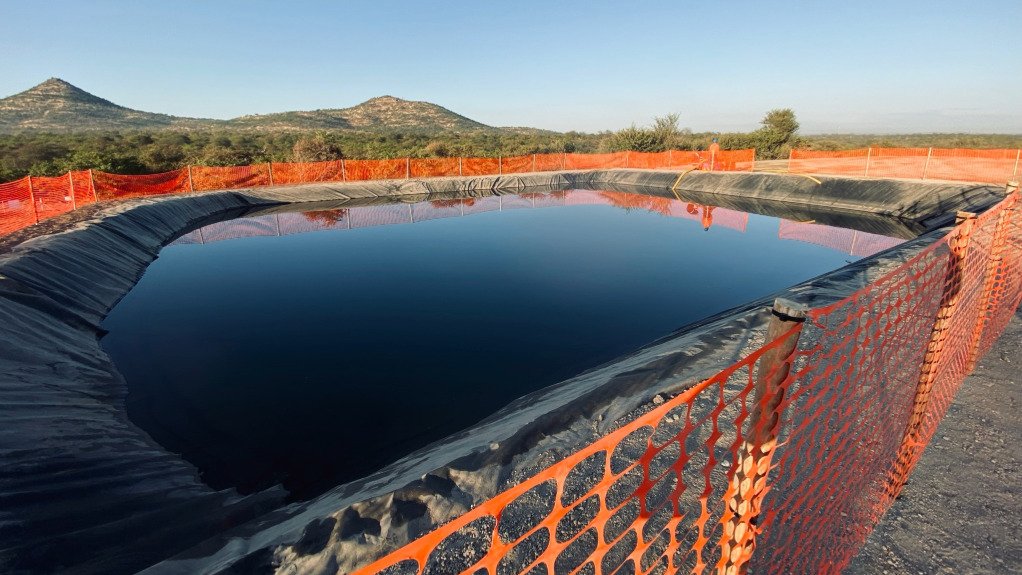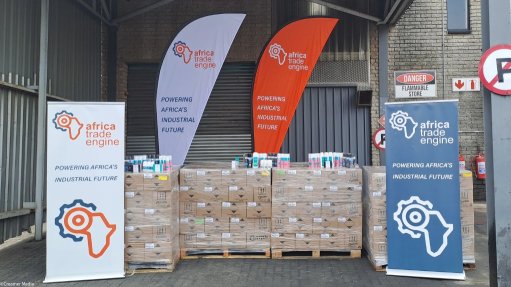ESG focus shifts to value creation


KEY ESG Investors are increasingly recognising ESG as a lens through which to assess risk and resilience
The mining industry is shifting from tick-box environmental, social and governance (ESG) compliance to value creation, driven by a convergence of investor expectations, regulatory tightening and the positive impact of ESG performance on long-term business viability, says environmental and social advisory Kongiwe CEO Bradly Thornton.
ESG, particularly its environmental and social aspects, is embedded in permitting processes, particularly through various local environmental- and social-impact assessment regulations. Authorities are increasingly paying closer attention to community engagement and grievances.
In South Africa, ESG integration into various mining companies’ social and labour plans (SLPs) and the increasing activism of affected communities has made ESG performance critical to securing and maintaining a mining licence and a social licence to operate, adds Thornton.
Investors are increasingly recognising ESG as a lens through which to assess risk and resilience, while communities and regulators expect tangible results, rather than superficial commitments. Superficial commitments can potentially expose mining companies to reputational damage, operational disruptions and legal risk.
Poor ESG performance can also delay permitting, spark community unrest or expand environmental liabilities, cautions Thornton.
Therefore, the mining industry must operate at the intersection of social, environmental and economic systems, with responsible ESG embedding sustainability into operations, planning and corporate governance.
“That level of integration can’t be faked and the companies that still treat ESG as a communications tool rather than a business imperative will find themselves left behind.”
Conversely, a strategic ESG approach can unlock competitive advantages such as streamlined approvals, stakeholder trust, access to green finance and the ability to attract talent, he says.
Thornton emphasises that ESG should be regarded as a blueprint for resilient, inclusive and future-fit mining operations in an increasingly complex global landscape.
Environmental Stewardship
Mining companies are shifting from disclosure to concrete action in the way in which they address climate risk and decarbonisation.
This includes investment in low-emissions technologies, such as through the electrification of haulage fleets and the integration of renewable-energy solutions at mine sites, as well as enhanced energy efficiency, Thornton adds.
There is also a growing trend towards scenario-based climate risk assessment, in line with global organisation Task Force on Climate-Related Financial Disclosures, he points out.
In addition, mining companies are increasingly linking their climate transition plans to investor communications and sustainability-linked loans.
Technologically, mines are adopting digital environmental management systems that support monitoring, reporting and, in some cases, predictive modelling, he adds.
Energy management systems that integrate real-time data on fuel and electricity use are also allowing for more accurate emissions tracking, while geospatial tools are used to assess physical climate risks across assets.
Measuring social impact is also evolving from focusing on inputs, such as the number of consultations held, to tracking outcomes, such as the number of livelihoods sustained or improvements in education outcomes.
Aligned to this, companies are employing baseline studies and longitudinal monitoring to track changes over time, as well as co-developing indicators with communities and integrating quantitative and qualitative data.
“We’re also seeing more use of independent and regulator audits as management tools rather than a tick-box exercise,” adds Thornton.
Alignment with the International Finance Corporation’s (IFC) Performance Standards remains a widely recognised benchmark for identifying and managing risks associated with environmental and social sustainability, particularly resettlement and community development.
Here, localisation efforts can be enhanced by adapting the IFC’s stakeholder engagement standards to reflect the specific needs of communities among which there are high levels of unemployment or historical marginalisation.
To improve the social aspect of ESG implementation, Thornton says mines should prioritise early and consistent engagement with communities, aligning with locally integrated development plans and being transparent about trade-offs and limitations.
However, he acknowledges that a major challenge encountered when attempting to reconcile international ESG standards with South Africa’s complex development realities is navigating socioeconomic expectations in areas where mines are often seen as the primary driver of development.
Inadequately managing socioeconomic expectations can result in tension between global risk-based approaches and local needs-based imperatives, with regulatory fragmentation and capacity constraints also complicating alignment, Thornton explains.
Further, legacy issues, such as land dispossession, inequality and historical distrust associated with mining development, must be addressed with sensitivity and sustained commitment, he advises.
Thornton says mining companies are increasingly integrating ESG into supply chain governance, formalising stakeholder engagement and grievance policies, and improving the traceability of critical minerals.
They are also prioritising stronger alignment with international governance frameworks, such as mining and metals advocacy group ICMM’s Mining Principles, and increased board-level diversity to improve oversight and decision-making.
Many mining companies are also establishing dedicated ESG committees or formally mandating sustainability oversight at a board level, says Thornton.
“ESG risk is becoming a standing item on board agendas and material ESG issues are increasingly embedded in enterprise risk registers,” he concludes.
Article Enquiry
Email Article
Save Article
Feedback
To advertise email advertising@creamermedia.co.za or click here
Comments
Press Office
Announcements
What's On
Subscribe to improve your user experience...
Option 1 (equivalent of R125 a month):
Receive a weekly copy of Creamer Media's Engineering News & Mining Weekly magazine
(print copy for those in South Africa and e-magazine for those outside of South Africa)
Receive daily email newsletters
Access to full search results
Access archive of magazine back copies
Access to Projects in Progress
Access to ONE Research Report of your choice in PDF format
Option 2 (equivalent of R375 a month):
All benefits from Option 1
PLUS
Access to Creamer Media's Research Channel Africa for ALL Research Reports, in PDF format, on various industrial and mining sectors
including Electricity; Water; Energy Transition; Hydrogen; Roads, Rail and Ports; Coal; Gold; Platinum; Battery Metals; etc.
Already a subscriber?
Forgotten your password?
Receive weekly copy of Creamer Media's Engineering News & Mining Weekly magazine (print copy for those in South Africa and e-magazine for those outside of South Africa)
➕
Recieve daily email newsletters
➕
Access to full search results
➕
Access archive of magazine back copies
➕
Access to Projects in Progress
➕
Access to ONE Research Report of your choice in PDF format
RESEARCH CHANNEL AFRICA
R4500 (equivalent of R375 a month)
SUBSCRIBEAll benefits from Option 1
➕
Access to Creamer Media's Research Channel Africa for ALL Research Reports on various industrial and mining sectors, in PDF format, including on:
Electricity
➕
Water
➕
Energy Transition
➕
Hydrogen
➕
Roads, Rail and Ports
➕
Coal
➕
Gold
➕
Platinum
➕
Battery Metals
➕
etc.
Receive all benefits from Option 1 or Option 2 delivered to numerous people at your company
➕
Multiple User names and Passwords for simultaneous log-ins
➕
Intranet integration access to all in your organisation



















